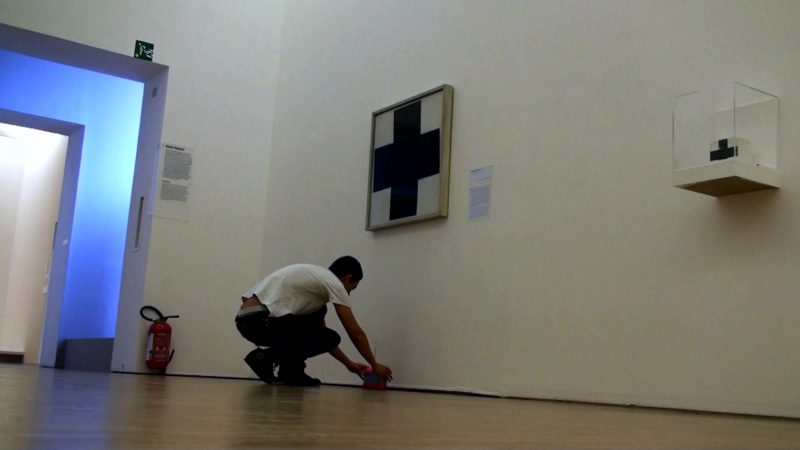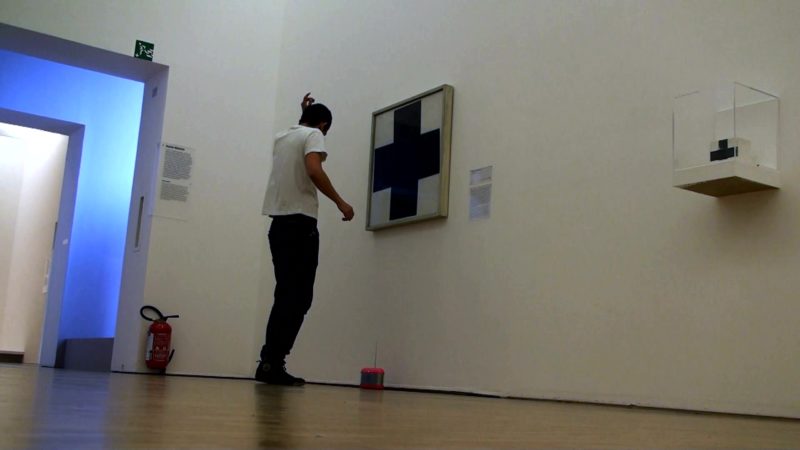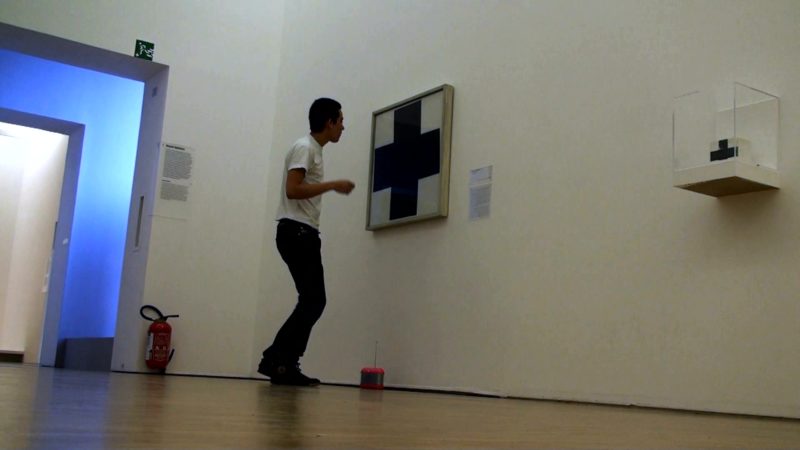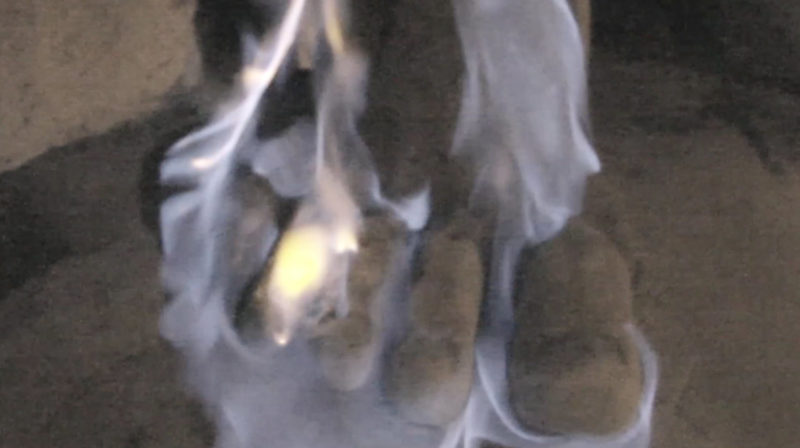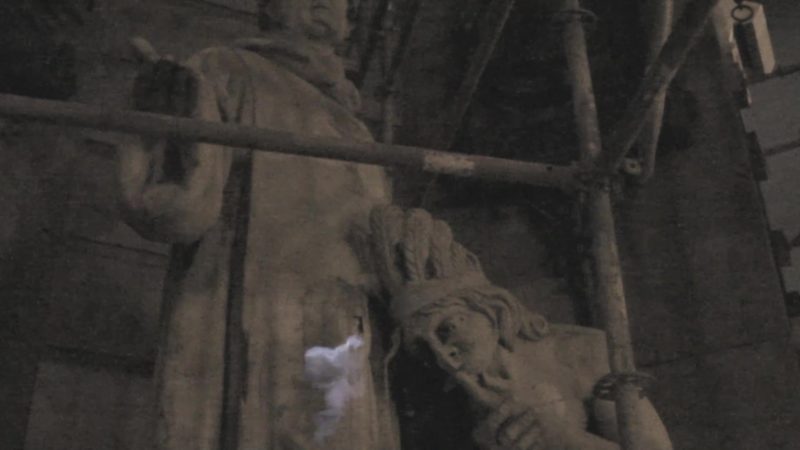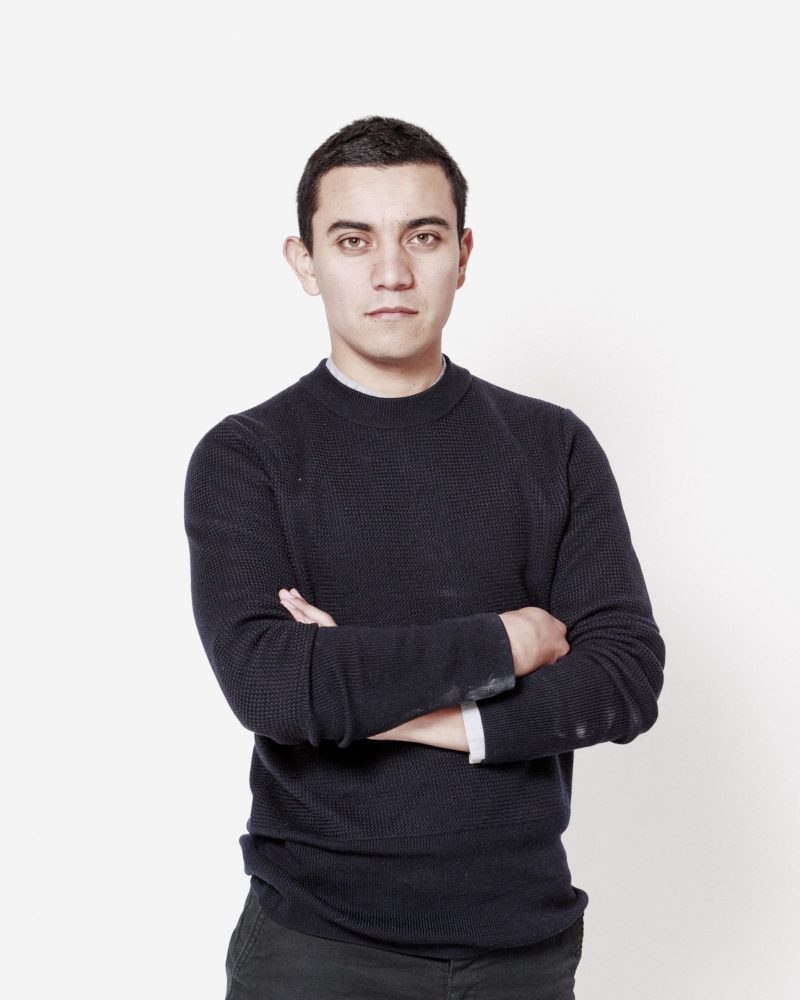
Ivan Argote stands as one of the most recognizable Colombian artists and filmmakers. The Paris-based artist graduated from the Ecole Nationale Superieure des Beaux-Arts in Paris in 2009 and uses humor and staged interventions to share his concepts. His practice focuses on different mediums, including painting, sculpture, video and photography.
Over the years, he has built a reputation for creating performance pieces and installations that test central political philosophies and beliefs. In many instances, Argote serves as the director and main actor of his works, which allows the artist to properly interrogate the views and perspectives that have been imposed by our positions in society.
Argote is well-known in art circles for his bold interventions into shared spaces. He has made ripples in the art scene for his cheeky appropriations, including his bold move in 2008 while he was still a student at the École des Beaux-Arts. In 2008, Argote created a video titled Retouch in which he recorded himself tagging two paintings by famous painter Piet Mondrian at Centre Pompidou.
Not only did this mark the young artist’s entry into art intervention, but the artist also questioned the worth of art when he followed through with the act of vandalism. Art interventions such as Argote’s have become instrumental in radically transforming how people approach and perceive art in society. Argote says:
My work reflects how we behave, how we understand our immediate environment, and how it is connected with the history, traditions, art, politics, and power. But as I don’t take myself seriously when I create, I am perfectly free to work in different ways, which is also a reflection on the work of the artist.
For many years, Argote has created outstanding pieces outside the conventional gallery system, which has allowed him to institute change with his catalyzing works. Argote stimulates and invigorates the past through his works, making the old and forgotten relevant to today’s society.
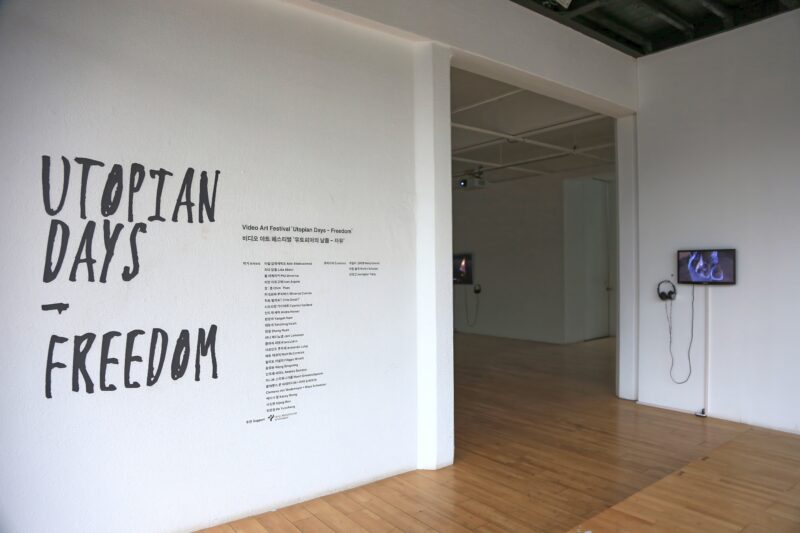
Utopian Days – Freedom was an exhibition at the Total Museum of Contemporary Art, Seoul, South Korea’s first private art museum. Later it was shown in the same city at the Nowon Culture and Arts Center.
Artists: Adel Abdessemed, Lida Abdul, Phil America, Ivan Argote, Chim↑Pom, Minerva Cuevas, Chto Delat?, Cyprien Gaillard, Yang-Ah Ham, Andre Hemer, Tehching Hsieh, Zhang Huan, Jani Leinonen, Klara Liden, Armando Lulaj, Matt McCormick, Filippo Minelli, Wang Qingsong, Andres Serrano, Manit Sriwanichpoom, Clemens von Wedemeyer, Kacey Wong, Xijing Men, He Yunchang.
Retouch, 2008
During his studies at Columbia, he was impressed by the fascination and aura that some artworks from art history possess. While he was still an art student in Paris, he covered two Mondrian paintings from the Centre Pompidou in graffiti with a Dada-like gesture.
With this laughable action on the paintings under glass, he highlights or confronts himself with this fascination, questioning the accuracy of what is supposed to be vouch.
Courtesy Galerie Perrotin
Feeling, 2009
Feeling was inspired by the Suprematism manifest1, which Argote likes to quote the beginning of:
Under Suprematism, I understand the supremacy of pure feeling in creative art. To the Suprematist, the visual phenomena of the objective world are, in themselves, meaningless; the significant thing is feeling, as such, quite apart from the environment in which it is called forth.
The so-called ‘materialization’ of a feeling in the conscious mind really means a materialization of the reflection of that feeling through the medium of some realistic conception. Such a realistic conception is without value in Suprematist art… And not only in Suprematist art but also in art generally, because the enduring, true value of a work of art (to whatever school it may belong) resides solely in the feeling expressed.
He brought a radio and stood in front of Malevich’s painting, Black Cross. He looked for a dance song on the radio that expressed how he felt and then danced along in front of the canvas. He conceived this project as a new lecture, an enactment of the text.
Barcelona, 2014
The video was shot in Barcelona, near the Christophe Columbus roundabout by the port. At night, Ivan Argote used absinthe to set on fire the statue that depicts a bishop to show the right path to an indigenous man.
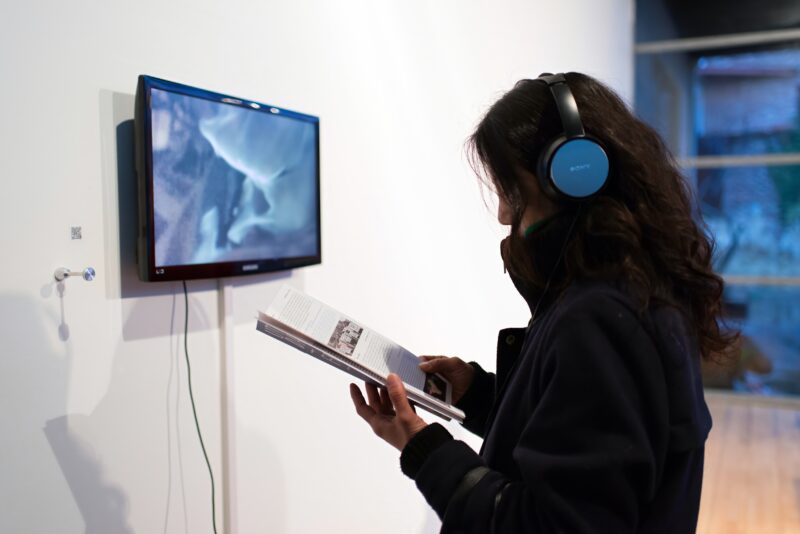
This three-meter tall statue is relatively unseen and anonymous compared to other historical monuments in Barcelona. Yet, Argote found it and created a decisive symbolic action that expresses the artist’s disagreement with the European vision of colonization.
